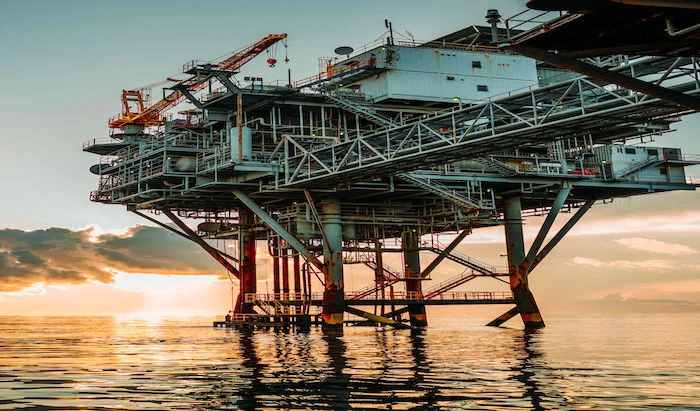
The one-of-its-kind Louisiana Offshore Oil Port (LOOP) handles 13% of the United States foreign oil and connects by pipeline to 50% of the nation’s refining capability.
See us at ADIPEC 2026 : 7535
The one-of-its-kind Louisiana Offshore Oil Port (LOOP) handles 13% of the United States foreign oil and connects by pipeline to 50% of the nation’s refining capability.
Louisiana is strategically located on the Gulf of Mexico, providing easy access to major shipping lanes and quick and efficient product transport to domestic and international ports.
Description
More Products & Services
People

Devin Harrison
Louisiana Economic Development
Executive Director, Business Development
ADIPEC 2026

India Bellard
Louisiana Economic Development
Director, Business Development
ADIPEC 2026

Jason Lanclos
Louisiana Economic Development
Director, State Energy Development and Planning
ADIPEC 2026

Marlene Janetos
Louisiana Economic Development
Director of Engagement
ADIPEC 2026
Description
Louisiana is strategically located on the gulf, providing easy access to major shipping lanes and quick and efficient product transport to domestic and international ports.
The state is home to numerous global companies with operations in the Gulf, one of the most productive oil and gas basins in the world. Offshore activity includes drilling, production and transportation of oil and gas.
The Louisiana Offshore Oil Port is the only deepwater oil port in the nation, providing tanker offloading at a rate of 100,000 barrels of crude oil per hour. It is the largest point of entry for U.S. waterborne crude oil. Onshore, LOOP facilities include the Clovelly Dome Storage Terminal where nearly 60 million barrels of crude oil can be stored in eight underground salt caverns and 12 million barrels can be stored above ground.
Louisiana is home to two of the four storage sites that make up the U.S. Strategic Petroleum Reserve (SPR). The two Louisiana sites are capable of holding an emergency stockpile of up to 296 million barrels of crude oil.
The state is home to numerous global companies with operations in the Gulf, one of the most productive oil and gas basins in the world. Offshore activity includes drilling, production and transportation of oil and gas.
The Louisiana Offshore Oil Port is the only deepwater oil port in the nation, providing tanker offloading at a rate of 100,000 barrels of crude oil per hour. It is the largest point of entry for U.S. waterborne crude oil. Onshore, LOOP facilities include the Clovelly Dome Storage Terminal where nearly 60 million barrels of crude oil can be stored in eight underground salt caverns and 12 million barrels can be stored above ground.
Louisiana is home to two of the four storage sites that make up the U.S. Strategic Petroleum Reserve (SPR). The two Louisiana sites are capable of holding an emergency stockpile of up to 296 million barrels of crude oil.

Share
Recent Chats
Share via email
Future: handle WhatsApp here
Future: handle LinkedIn here
Future: handle Twitter here
SUBMENU HERE
Share via Chat
Copy Link
